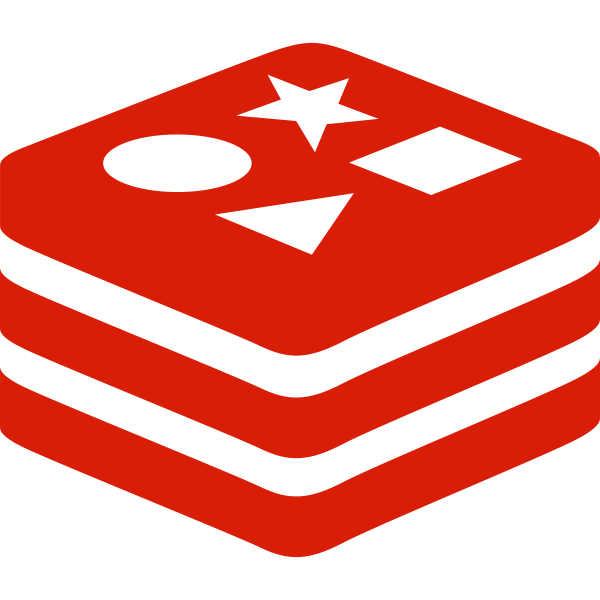The Future of jQuery: Adapting to Modern Web Development
Introduction
jQuery, a popular JavaScript library, has been a fundamental tool for web developers for over a decade. It revolutionized the way we interact with web pages and simplified many common tasks. However, with the rapid advancements in web technologies and the rise of modern frameworks and libraries, the future of jQuery has become a topic of discussion. In this article, we will explore the current state of jQuery and its relevance in today’s web development landscape.
The Rise of Modern JavaScript Frameworks: In recent years, the JavaScript ecosystem has seen the emergence of powerful and feature-rich frameworks such as React, Angular, and Vue.js. These frameworks offer advanced functionalities, component-based architectures, and efficient virtual DOM rendering. They have gained popularity among developers due to their extensive community support and ability to handle complex web applications.
jQuery’s Strengths and Limitations
jQuery’s strength lies in its simplicity and compatibility across different browsers. It provides an easy-to-use API for DOM manipulation, event handling, and AJAX requests. Many legacy projects still rely on jQuery, and its lightweight nature makes it suitable for simple websites and quick prototyping.
However, jQuery has certain limitations when compared to modern frameworks. It lacks the robustness and performance optimizations found in newer libraries. As the demand for highly interactive and responsive web applications grows, developers are exploring more efficient alternatives.
Adapting to Modern Web Development
Recognizing the changing landscape, the jQuery team has made efforts to adapt and stay relevant. They have introduced enhancements and updates to address performance issues, provide better compatibility with modern JavaScript standards, and optimize the library for mobile devices.
Additionally, jQuery can be used alongside modern frameworks. Many developers utilize jQuery as a complementary library, leveraging its specific functionalities where it excels while incorporating modern frameworks for complex state management and advanced UI components.
Exploring Alternatives to jQuery
- React: React, a popular JavaScript library for building user interfaces, can serve as an alternative to jQuery for front-end development. With React’s component-based architecture and virtual DOM rendering, you can efficiently manage UI state, handle events, and create dynamic and interactive web applications. React’s ecosystem includes a vast collection of third-party libraries and tools that provide functionalities similar to those offered by jQuery.
- Vanilla JavaScript: Vanilla JavaScript refers to using plain JavaScript without any additional libraries or frameworks. With the advancements in the JavaScript language and the introduction of new APIs, many tasks that previously required jQuery can now be achieved using native JavaScript. This approach allows for a more lightweight and optimized codebase while leveraging the full capabilities of the language.
- Alpine.js: Alpine.js is a popular alternative to jQuery, offering a lightweight and intuitive solution for creating interactive web interfaces. It aims to simplify the process of adding interactivity to web pages without the need for a larger library like jQuery. In this article, we will explore the features and benefits of Alpine.js as a jQuery alternative.
Conclusion
While the dominance of jQuery has diminished in the face of modern JavaScript frameworks, it still holds value in certain contexts. It remains a useful tool for small projects, legacy codebases, and simple websites. However, for more complex applications, developers are embracing the power and efficiency of modern frameworks.
The future of jQuery lies in its ability to adapt and evolve with the changing needs of web development. As the web ecosystem continues to evolve, it will be interesting to see how jQuery evolves and integrates with modern frameworks, ensuring its relevance in the ever-changing world of web development.


No Comments